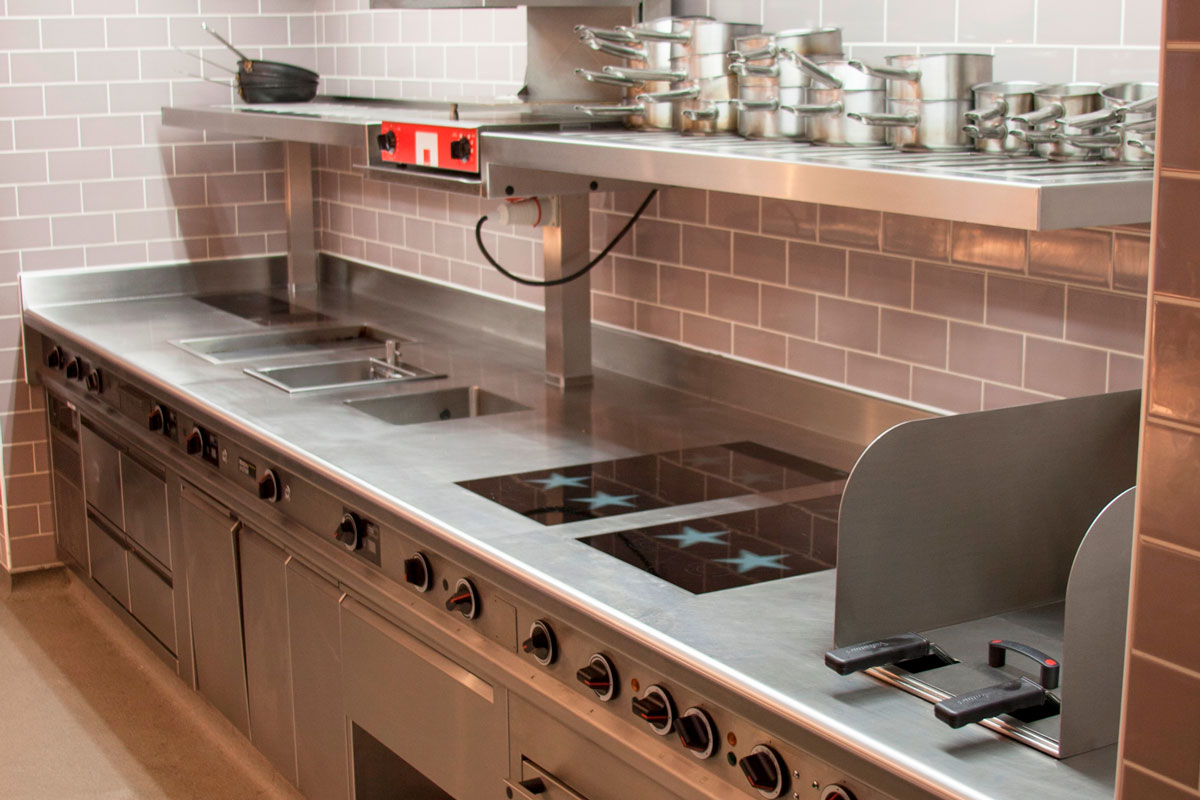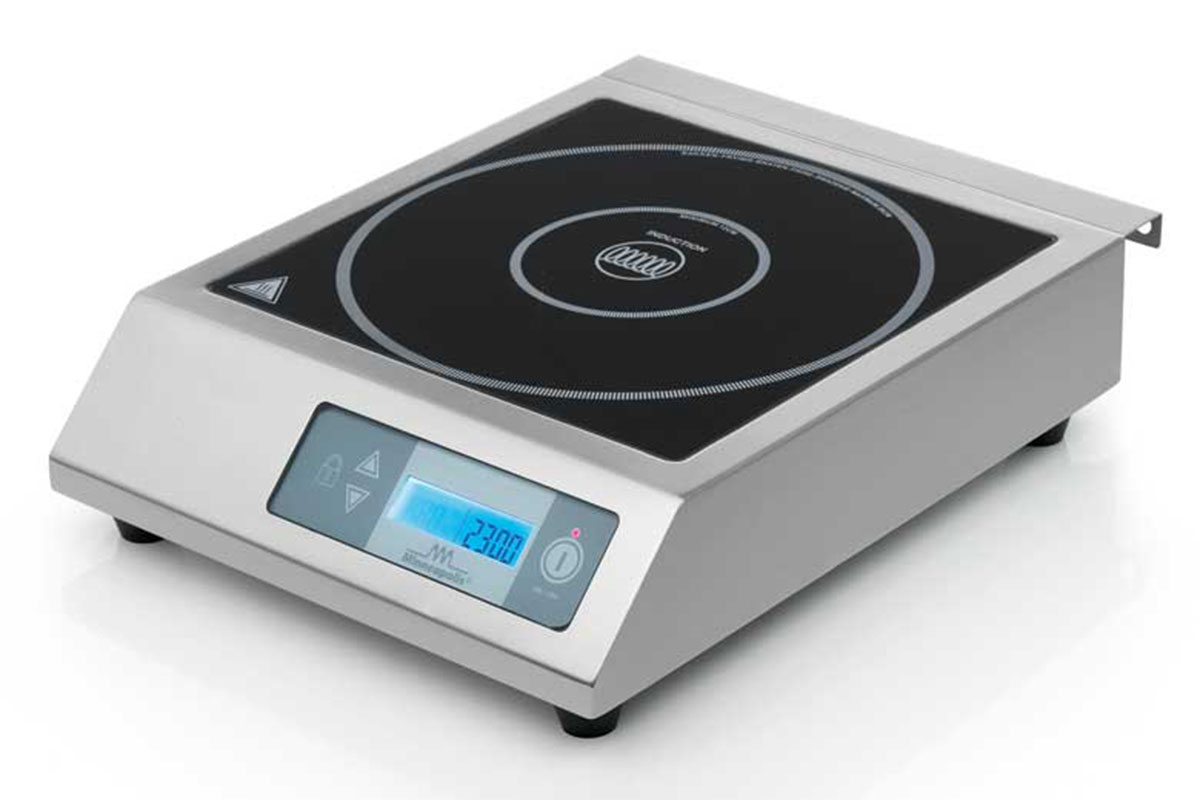
As energy prices soar, and pressure grows on every business to account for its carbon footprint, even if your existing kitchen equipment is working well, leaving things as they are may not be the best long term choice for your business.
The Foodservice Equipment Association, which represents nearly 200 companies that supply and service all types of commercial catering equipment, reports that there is increasing official attention being paid to commercial kitchens’ green credentials.
“Energy efficiency is a hot topic at the moment, not only because of rising energy costs and the effect they have on the profitability of businesses, but also due to the growing drive in foodservice to reduce carbon emissions and make the industry more sustainable,” said an FEA spokesperson.
The UK government’s register of energy efficient products, the Energy Technology List (ETL), which is designed to assist buyers, specifiers and operators make the right choices, has recently been updated to include a much broader range of commercial kitchen equipment.
Previously, the only category of catering equipment listed was refrigeration, which has long fallen within the scope of the eco-design directive, with an ‘A to G’ energy classification to help buyers select the best model. But the government is now including equipment such as convection ovens, combi ovens and warewashers in the ETL scheme.
That ETL website is expected to have two further categories added later this year to cover hobs and grills.
Speaking from equipment supplier Exclusive Ranges, managing director Trevor Burke reported that these pressures were changing attitudes across all sectors in hospitality, with chefs coming around to the use of more energy-efficient induction hobs in their kitchens.
“The use of induction technology from providers such as Menu System will give unsurpassed efficiency – typically, 95% of the total energy is directed straight to the pan, with minimal heat dissipation,” said Trevor.
“With an infrared hob, the directed energy is below 75%, with a gas hob it’s less than 60% and an electric hob, staggeringly, it’s below 40%! Plus, with induction, the heat is controllable to within one degree.”
Burke said that the economical argument wass indisputable: “For operators of multiple sites, or owner-operators, there is no question that induction cooking appliances are more cost-effective, even when comparing the return on investment of the cost of purchase over time.
“There are obvious savings on the cost of utilities, which is always the headline, but considerations also have to be made for the impact on the cost of extraction, pan usage, cleaning, portering and detergents, all of which are reduced with induction.
“The size of kitchen also has a bearing as fewer appliances are needed with a multifunctional induction cooker, and with staffing issues rife at the moment, anything that makes the kitchen environment a better place to work is also a bonus; a cleaner, safer, cooler and more comfortable place to work will hold appeal with the kitchen team.”
FEA agreed that the advent of well-designed multi-functional equipment meant a switch to more environmentally friendly cooking methods need not mean any loss in quality or diversity of the menu offering, or customer satisfaction.
“The ability of multifunctional equipment to take on the work of many different traditional appliances presents opportunities for businesses to considerably improve their menus, with the ability to produce fully cooked food in a fraction of the space that multiple prime cooking appliances need,” said FEA
“With powerful electronic wizardry that allow for hundreds of different recipe settings to be stored, the new equipment lets businesses operate how they want, while helping to reduce energy use.”

According to Foodservice Equipment Marketing, the shift to induction is available at all scales, with the arrival of ‘go anywhere’ countertop induction hobs bringing the tech within the range of most kitchens.
FEM is marketing a range of countertop hobs from Sirman as an easy way to introduce the benefits of induction cooking into a foodservice operation without huge capital outlay or specialised installation processes.
“There is no need to heat up an induction hob before use and it only operates when the pan is on the hob,” said FEM. “The three sizes of new Sirman induction hobs give options for expanding the induction cooking set-up as needed. All three are easy to install on any suitable working surface in kitchens, restaurants or dining rooms. As they use a 13A plug they really can be sited anywhere.”



















